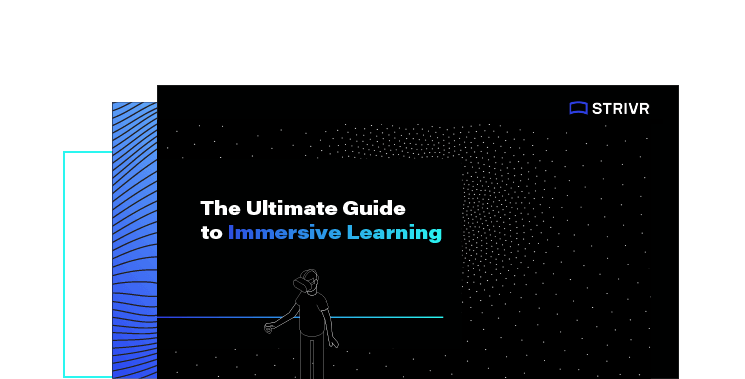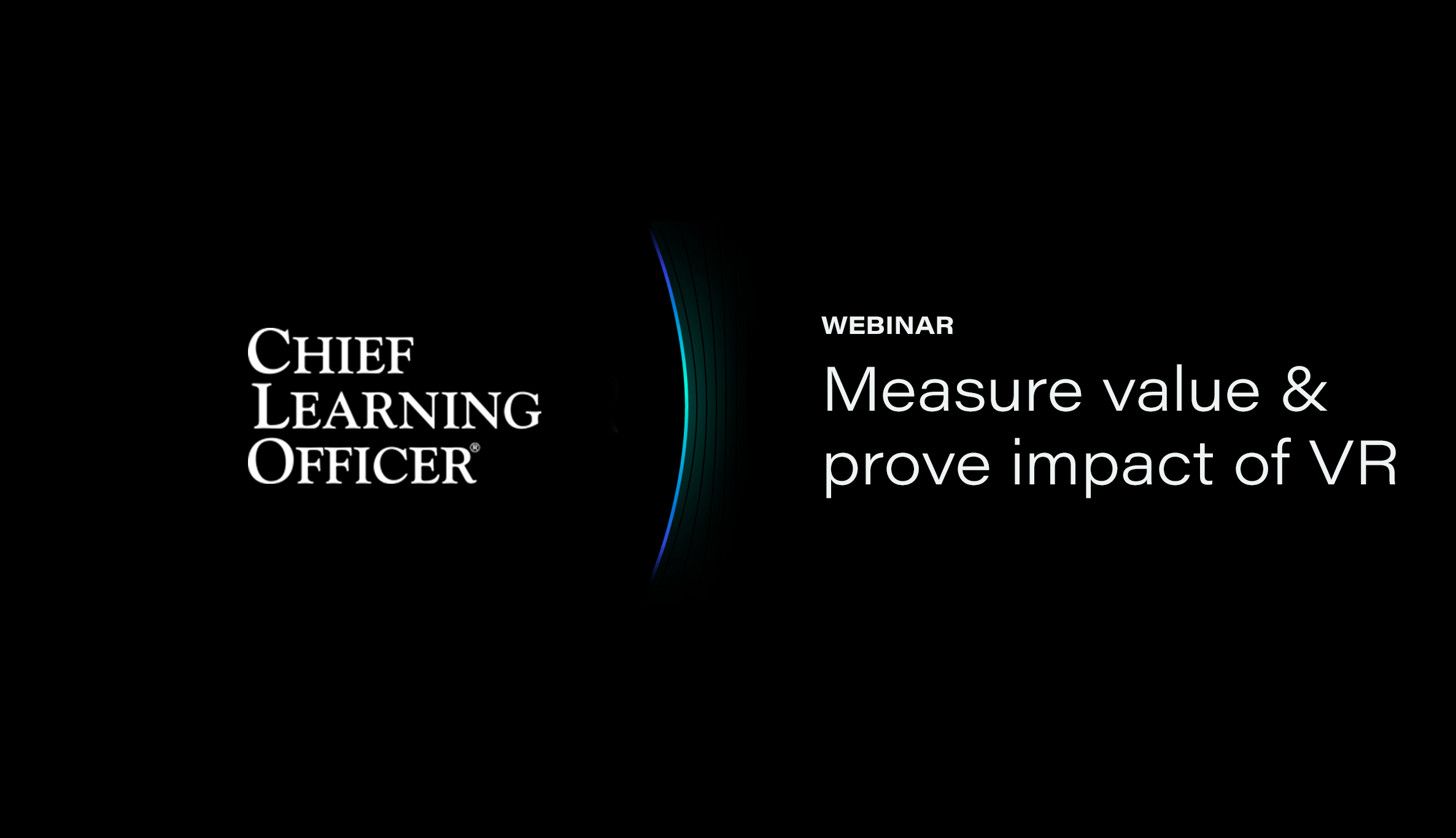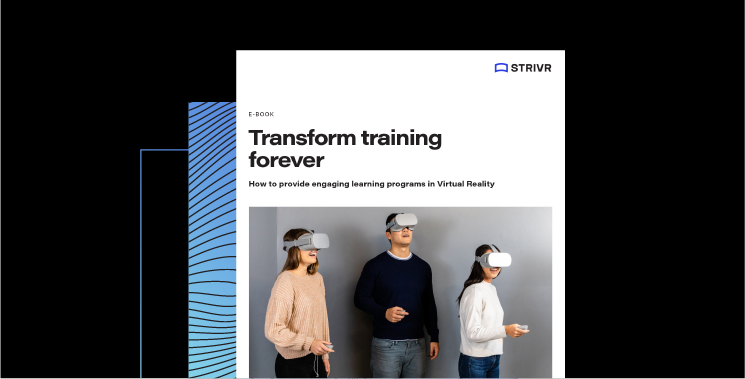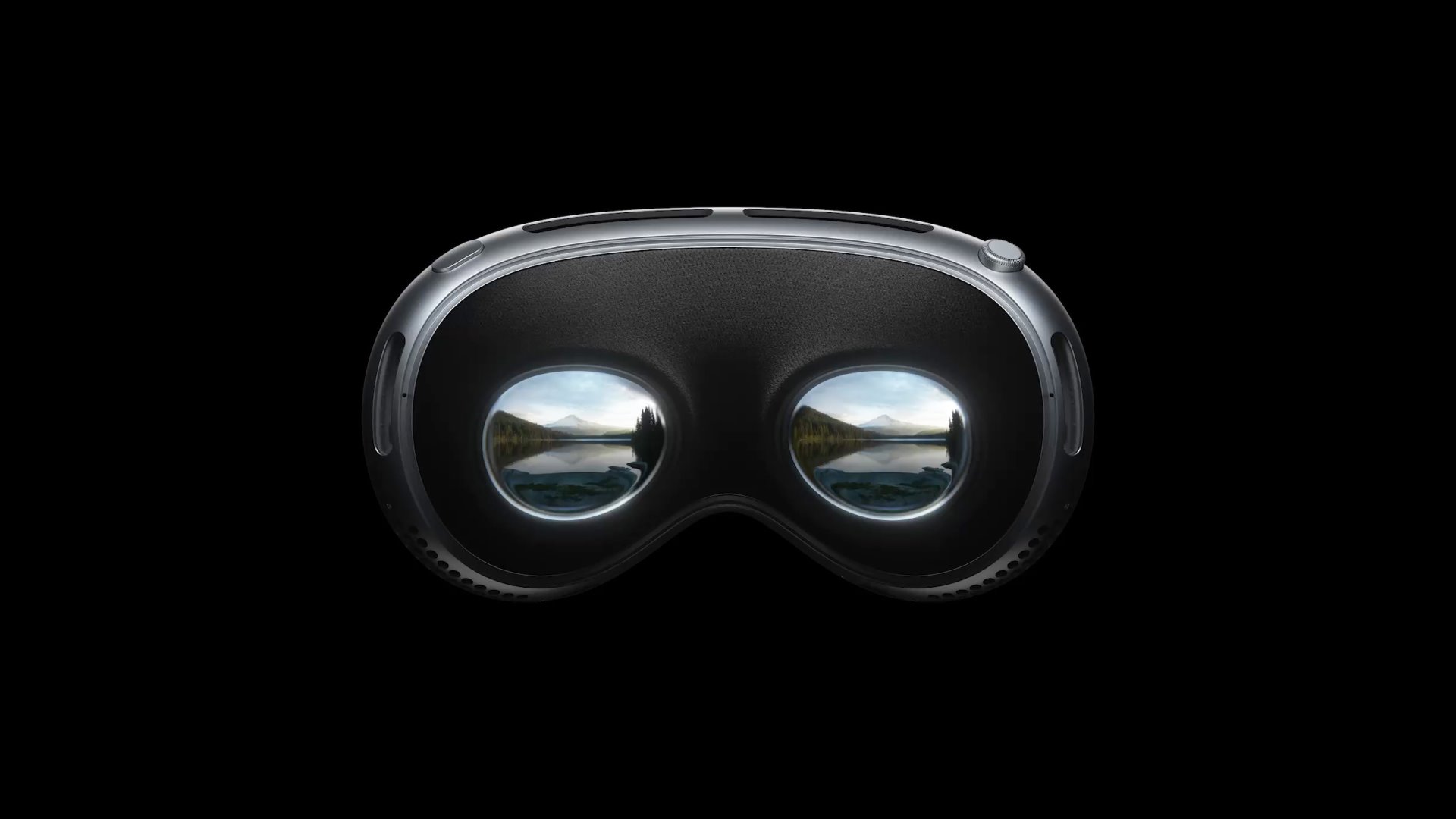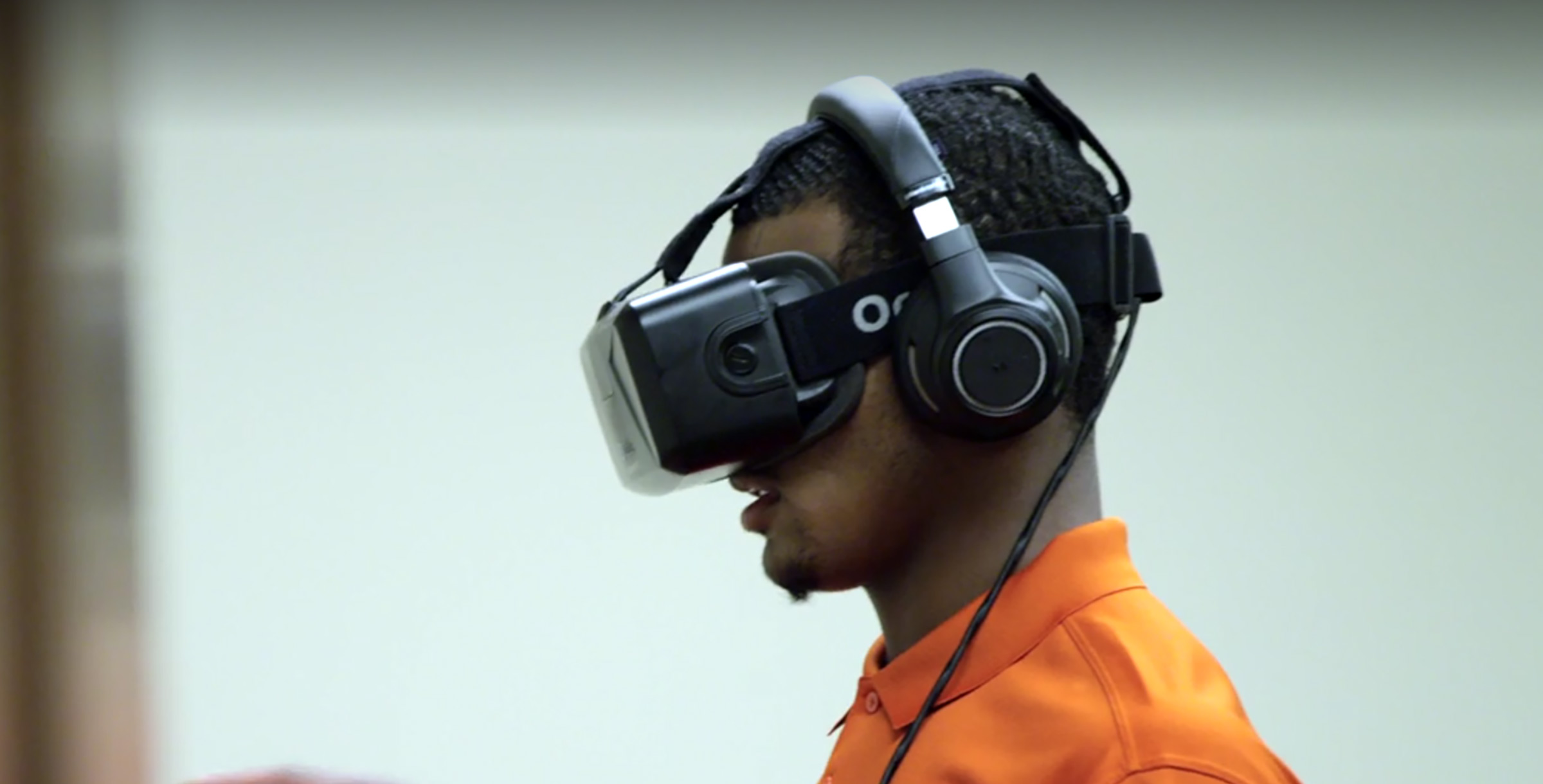Game-based learning, or gamification, is a powerful way to engage learners. This is true in the classroom, where young students, in particular, benefit from making learning “fun.” But gamification can also be applied to the workplace with powerful results.
Gamification is highly engaging, and engagement, as we know, is an essential metric for retention and business success in general. Aside from a higher level of engagement with training, the gamification of workplace learning brings additional benefits, too.
The challenge for trainers lies in using gamification in the most helpful ways, and that’s where virtual reality (VR) comes in.
The importance of gamification in training
Gamification in training is just what it sounds like— adding game-playing elements such as point scoring, quizzes, and avatars to learning. Gamification mechanics also include items like experience points, badges, leaderboards, levels, and progress bars.
The gamification model of learning motivates people to be persistent, engage in collaborative learning, participate in fun and friendly competition, and learn by repetition.
“Learning is active mental work, not passive reception of teaching.”
Woolfolk
The connection between gamification and motivation is crucial here because motivation is integrally connected to learning. This is based on the idea of constructivist learning — the theory that learners must be active participants in their own learning journey. Active participation helps learners incorporate “lived experience” into their foundation of understanding, creating neural connections that stick and help learners develop schemas to organize acquired knowledge.
Experts on this style of training stress that learning is an active process. By its very nature, gamification involves the learner in this process, stimulating their natural inclination to engage and reflect.
Applying VR to gamify learning
In a 2020 review on 46 studies of gamification and learning,Science Direct found that “The adoption of gamification in learning and instruction is perceived to have mass appeal among the learners in stimulating motivation, learner engagement, and social influence.”
Gamifying training with VR is a great incentive for learning and a natural fit for the technology. The gamification element of VR training — and in particular, the at-scale Immersive Learning model that Strivr pioneered — can better engage and motivate learners as well as create better retention of what they learn.
Some of the ways to apply gamification within VR include:
- Gamifying the rollout process of your VR training program by creating a friendly competition between sites or teams to complete training faster or score higher
- Challenging learners to achieve higher scores or finish an Immersive Learning training module faster with incentives or recognition
- Using techniques such as rewards and leaderboards within the context of Immersive Learning
When you apply gamification within a sophisticated digital technology such as VR, you are able to measure learning outcomes more accurately than ever before.
The metrics available with gamified VR training
With Strivr’s platform, you get insight into performance metrics such as how learners score on an embedded quiz (performance data) and when and how quickly they complete training modules (usage data). Using this information, you can get creative with customizing gamification to your particular team or desired learning outcome.
You can also capture attention and engagement data, helping you assess how well people within your organization are using the learning as you gamify. This includes metrics such as where the learner pays attention inside the headset — eye tracking, interactions, clicks, and more.
This type of data, in particular, is a key element of using gamification within VR training because VR so closely mimics the real world — the implication being that behaviors produced in immersive environments translate to real on-the-job performance later on. As the learner interacts naturally within an embodied VR experience, the headset software captures naturalistic interactions in every moment and helps your L&D organizations understand not just whether learners are engaged but how confident they behave within the learning environment.
Because VR experiences can be repeated on demand, under-confident or under-engaged learners have the opportunity to try again — and again and again — until they’ve mastered the task or skill.
The benefits and challenges of gamifying your VR training
Gamification can increase company productivity by up to 50% and employee engagement by 60%
eLearning Industry
While it may seem like a subjective metric, engagement can, in fact, be accurately measured with VR. And there are other benefits to gamifying your VR training. When you combine the effectiveness of ”learning by doing,” which VR naturally creates, with the added incentive of gamification, employees learn skills faster and retain them better. Gamification also supports team camaraderie and helps develop social bonds. It can encourage teamwork and help newcomers to your organization bond with your culture.
Of course, there are also significant challenges to launching a VR-based training program, including investments in hardware and the need to create VR content. The most efficient way to gamify your training with VR quickly is to team up with an Immersive Learning partner who is equipped to create custom content and provide the needed technology. Ideally, your company’s only technology investment would be VR headsets.
Inserting gamification into your training via VR
Plenty of enterprise organizations, from Google to Dominos, have already invested heavily in gamification learning techniques. Many enterprise organizations have also pioneered the path of Immersive Learning. We are eager to see how the next wave of Immersive Learning customers will incorporate gamification into their VR efforts and further the incredibly fertile field of Immersive Learning.
Next step

Take the VR Assessment
See the Top 3 VR training modules in your industry, based on our experience training over 1M employees in VR.
Take VR Assessment
